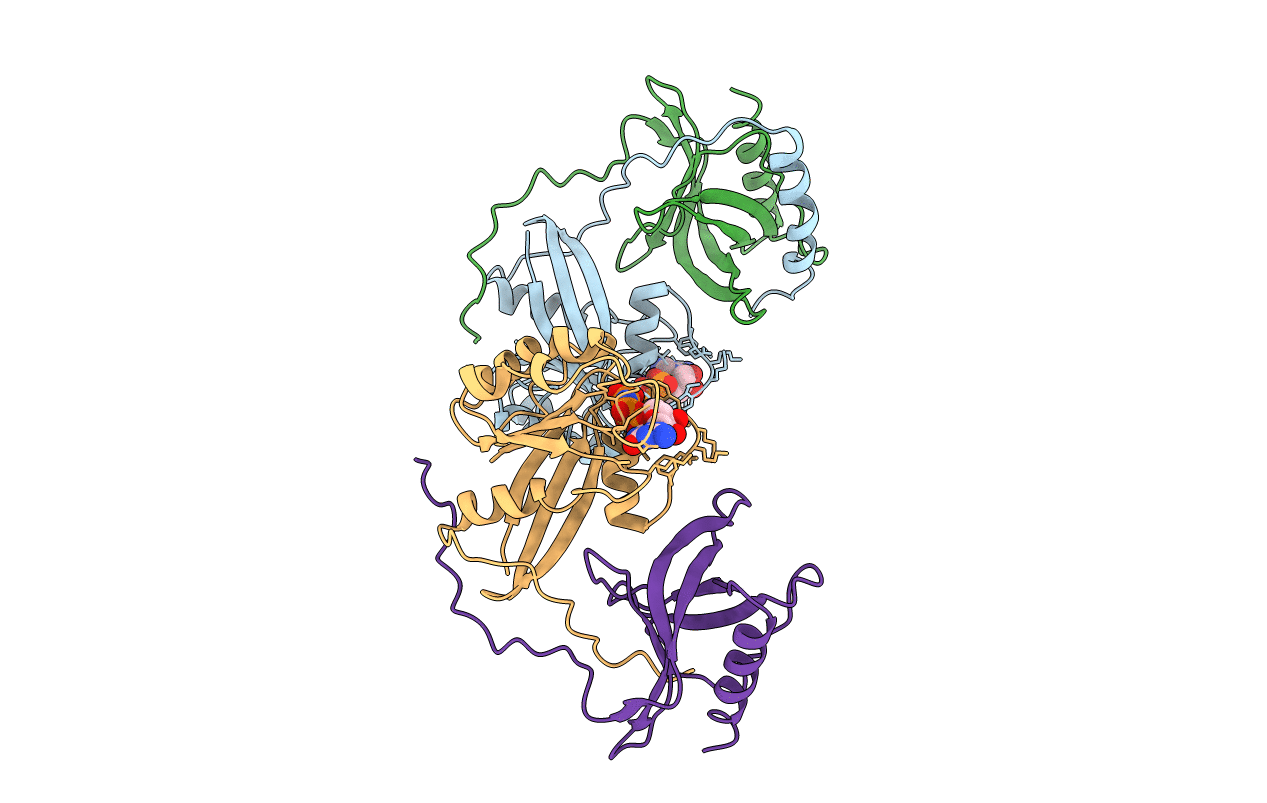
Deposition Date
1999-01-15
Release Date
1999-05-18
Last Version Date
2024-04-03
Entry Detail
PDB ID:
1RRP
Keywords:
Title:
STRUCTURE OF THE RAN-GPPNHP-RANBD1 COMPLEX
Biological Source:
Source Organism:
Homo sapiens (Taxon ID: 9606)
Host Organism:
Method Details:
Experimental Method:
Resolution:
2.96 Å
R-Value Free:
0.30
R-Value Work:
0.25
R-Value Observed:
0.25
Space Group:
C 1 2 1


